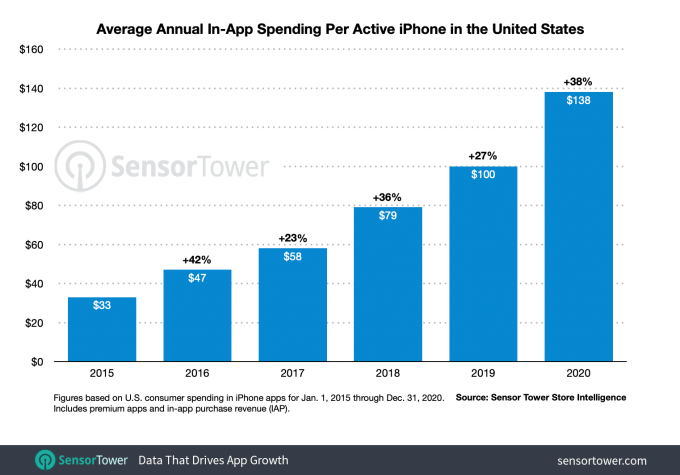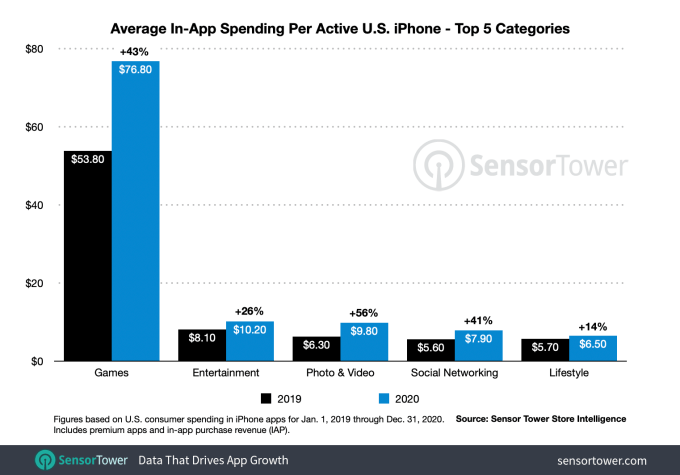News: Tiger Global just closed one of the biggest venture funds ever, with $6.7 billion
If you watch funding announcements as we do, you may have noticed something this year. There are a lot of mega-rounds coming together, and Tiger Global is involved in a notable number of them, often as the round’s co-lead. Just this week alone, half a dozen companies have announced rounds that the New York-based investing
If you watch funding announcements as we do, you may have noticed something this year. There are a lot of mega-rounds coming together, and Tiger Global is involved in a notable number of them, often as the round’s co-lead.
Just this week alone, half a dozen companies have announced rounds that the New York-based investing giant has led, co-led, or written follow-on checks into, including HighRadius, a company whose $300 million Series C round it co-led with D1 Capital; Cityblock Health, whose $192 million in extended Series C funding Tiger Global led; and 6sense, which received a follow-on check from Tiger Global as part of a $125 million Series D round.
The firm is also reportedly reportedly in talks to co-lead a $300 million round in a five-year-old, AI chipmaker called Groq.
If you’re wondering where all that money is coming from, wonder no longer. Though Tiger Global sent a letter to its investors back in January, saying was raising $3.75 billion for its thirteenth venture fund (titled XIV, apparently for superstitious reasons), a new SEC filing shows that new fund just closed with almost twice that amount: $6.65 billion.
That’s a lot of billions, even in this market, and especially for Tiger Global, which closed its 12th fund with $3.75 billion in capital commitments only last year.
We’ve reached out to the firm to learn more, but as we noted back in January, when we caught wind of its fundraising plans, Tiger Global seemingly had a strong case to present potential limited partners.
Among its most recent reasons to celebrate, portfolio company Stripe is now valued at $95 billion, following closing a $600 million round earlier this month. Tiger Global also owned 10% of the gaming company Roblox ahead of direct listing that it staged earlier this month to become a publicly traded outfit. The company’s market cap is currently $38 billion.
In 2020, numerous of its portfolio companies also either went public or were acquired, including Yatsen Holding, the nearly five-year-old parent company of China-based cosmetics giant Perfect Diary; the cloud-based data warehousing outfit Snowflake; and Root insurance, a nearly six-year-old, Columbus, Ohio-based insurance company.
As for M&A, Tiger Global saw at least three of its companies swallowed by bigger tech companies last year, including Postmates’s all-stock sale to Uber for $2.65 billion; Credit Karma’s $7 billion sale in cash and stock to Intuit; and the sale of Kustomer, which focused on customer service platforms and chatbots, for $1 billion to Facebook.
Tiger Global, whose roots are in hedge fund management, launched its private equity business in 2003, spearheaded by Chase Coleman, who’d previously worked for hedge-fund pioneer Julian Robertson at Tiger Management; and Scott Shleifer, who joined the firm in 2002 after spending three years with the Blackstone Group. Lee Fixel, who would become a key contributor in the business, joined in 2006.
Shleifer focused on China, Fixel focused on India and the rest of the firm’s support team (it now has 22 investing professionals on staff) helped find deals in Brazil and Russia before beginning to focus more aggressively on opportunities in the U.S.
Every investing decision was eventually made by each of the three. Fixel left in 2019 to launch his own investment firm, Addition. Now Shleifer and Coleman are the firm’s sole decision-makers.
Tiger Global’s investors include a mix of sovereign wealth funds, foundations, endowments, pensions and its own employees, who are collectively believed to be the firm’s biggest investors at this point.
Some of Tiger Global’s biggest wins to date have included a $200 million bet on the e-commerce giant JD.com that produced a $5 billion for the firm. According to the WSJ, it also cleared more than $1 billion on the Chinese online-services platform Meituan, which went public in 2018.
The firm also reaped a massive windfall through its investment in the connected fitness company Peloton, 20% of which the firm owned at the time of Peloton’s 2019 IPO.





